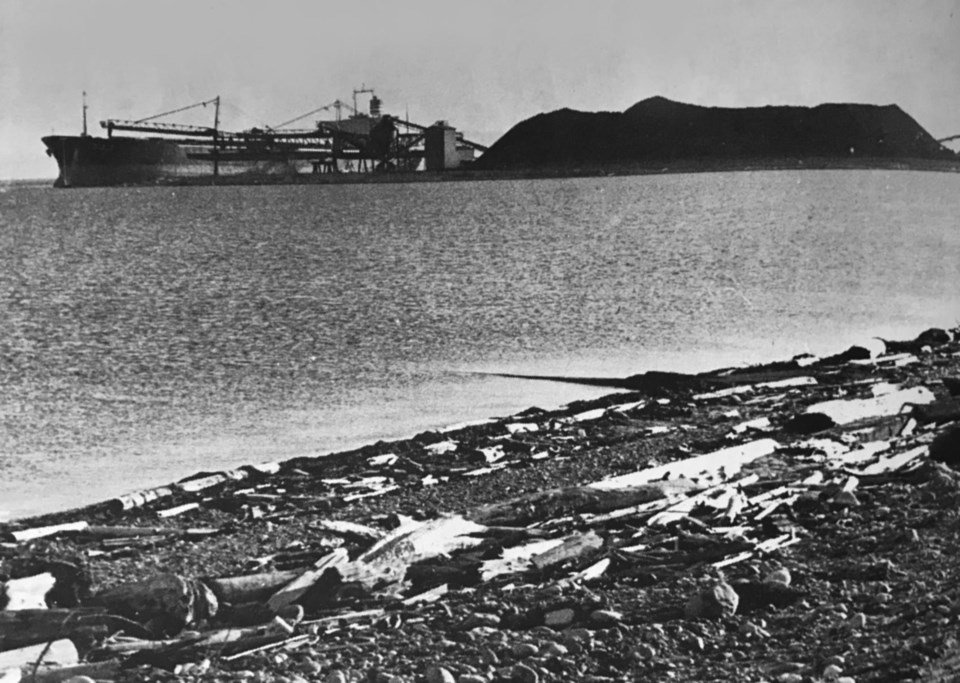Let’s head back to February 1969 pages of the Delta Optimist when an article ran reporting on warnings how Roberts Bank faced danger from pollution and development.
“Roberts Bank is potentially the most destructive piece of man’s civilization ever created in British Columbia,” said Murray Newman, director of the Vancouver Public Aquarium.
Dr. Newman and Dr. John Bandy, who was with the provincial fish and wildlife branch, said thousands of wild birds would die if anti-pollution safeguards weren’t built into the new Roberts Bank Superport at the time.
Both were also directors of the B.C. Waterfowl Society, which sponsored the Westham Island Waterfowl Refuge.
Dr. Newman warned that Roberts Bank lies in the path of Canada’s greatest winter flyway, a route of travel for migratory birds.
The flyway depends on Roberts Bank, Sturgeon Bank and Boundary Bay, as about 70 per cent of the waterfowl which remain in Canada through the winter stay in those areas.
Dr. Newman said he felt development at Roberts Bank was inevitable, but it would be more dangerous as it progresses.
“If just one ship pumps its bilge into the ocean, most of the birds in the immediate area would be killed,” he said.
“In fact, it’s quite possible that waterfowl could be eliminated from the area if Roberts Bank goes ahead without safeguards,” he stressed.
Dr. Bandy said if oil was dumped into the ocean around Roberts Bank, thousands of birds including snow geese, which arrive from Russia, would be eliminated.
He added Canada has an obligation under the migratory birds treaty, which was a federal government agreement with the United States and Mexico, to conserve waterfowl.
Dr. Bandy also said if it is necessary to destroy a waterfowl habitat as important as Roberts Bank, alternative sanctuaries must be developed.


